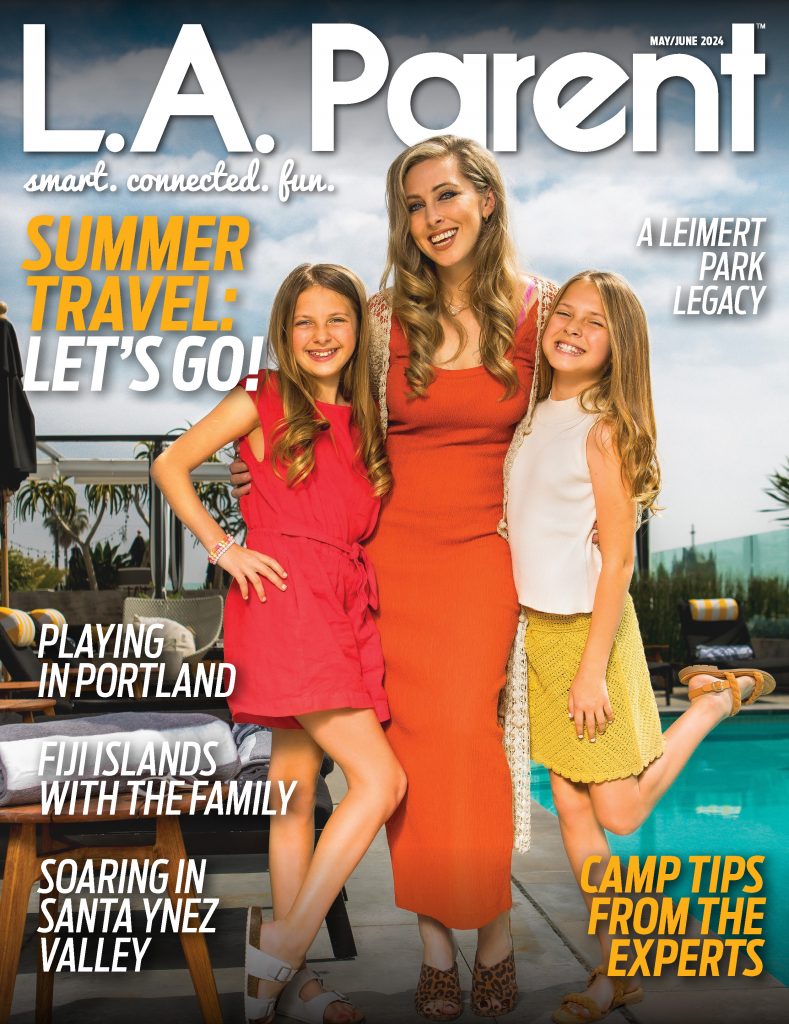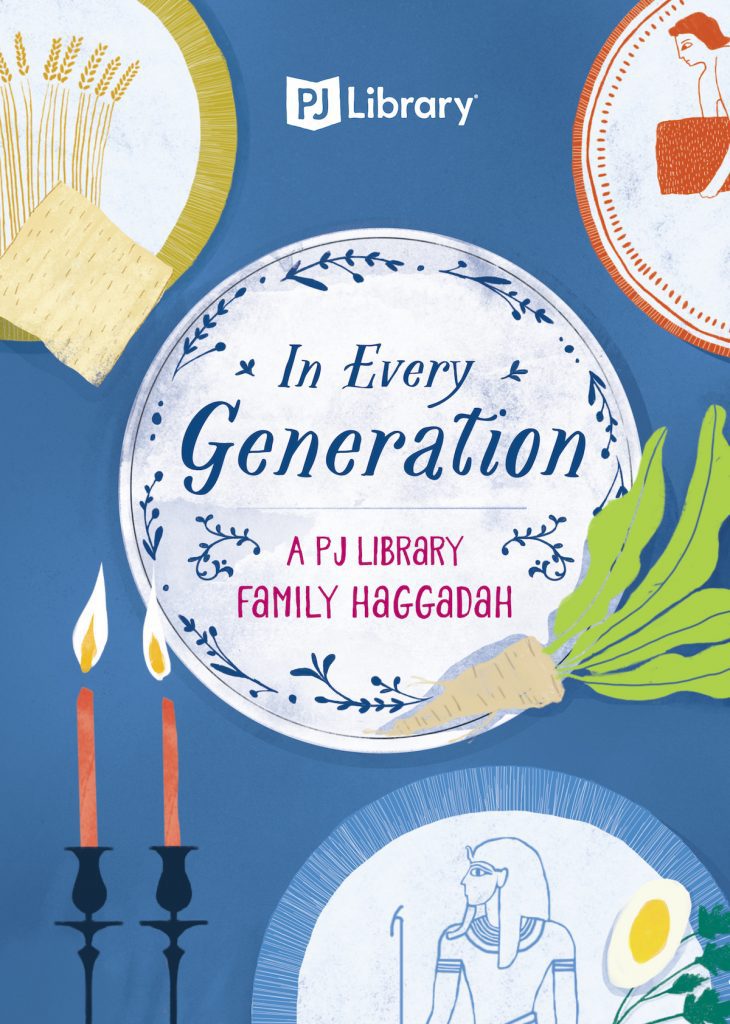This year, Passover, the Jewish holiday of freedom, begins on Friday April 15. Passover, or Pesach in Hebrew, was originally a pilgrimage holiday celebrated (if you were an ancient Israelite) by coming to Jerusalem to bring sacrifices to the Temple. When that Temple was destroyed in 70 CE, the celebration of Passover changed from one based out of the house, to one in which the home is central.
As someone who did not grow up actively celebrating Passover, I feel a bit anxious as the holiday gets closer wondering what parts of the celebration will be meaningful for our family and how a story and rituals that that go back thousands of years will resonate with my kids.
My first step is to enlist the help of PJ Library, the award-winning book-based program of the Harold Grinspoon Foundation. On the PJ Library website, the steps towards a fulfilling Passover are organized into two helpful categories:
- Holiday preparation – what to do to get ready for Passover
- Seder resources – how to engage your family in the Passover meal
Holiday preparation
A pre-seder check list helps my partner and I make sure we know what we need. The list includes recipes for do-it-yourself matza, a flat cracker representing the food that the escaping Israelites ate, and delicious desserts that my older kids can make for themselves. There are instructions for how to set up your seder table, which Haggadah or Passover story to read for different ages (I like the PJ Library Haggadah for the table and the PJ podcast for a good overview of the story), and creative ideas for populating the seder plate, which becomes home to six different symbolic foods that represent parts of the Passover story.
My vegetarian daughter was sad to learn that a lamb shank bone is traditionally part of the seder plate. “What about a beet?” says the PJ website. “Why not add that as your sacrifice?” “YES!” said my daughter, and with a veggie as her offering, she was back in the story again.
Seder resources
Central to celebrating Passover is the seder meal. My advice? Set up the meal in a way most comfortable to you.
If you have young kids (or tired adults!) that might fall asleep early, use PJ’s 15 minute seder to keep their attention. I like to set up a cozy book nook with games, books and pillows for anyone who needs a break from activities at the table.
There are places throughout the meal where kids can find meaning. Pick what works for your family. For some learning the four questions traditionally sung at the beginning of the meal can be a highlight. For others, Passover-themed Mad Lib style activities can bring an element of surprise to the table, as can hiding (and then finding!) the Afikomen, the last piece of matzah eaten at the end of the meal.
Michael Fritzen, the PJ Library Program Manager at the Jewish Federation of Greater Los Angeles, wants to go back to the original essence of Passover. He and his team are organizing a PJ Library Passover family hike, a modern-day pilgrimage into nature, on April 10 at Franklin Canyon Park. “For some of us, it’s our first time getting out to see friends,” says Michael. “We have been stuck in our homes and now we can finally get outside…it’s a form of freedom!”
And isn’t that the essence of the Passover story? Having the freedom to make choices, to gather with friends and family, and to celebrate milestones with resources that deepen our experiences. As one PJ Library parent put it recently: “I couldn’t do this without PJ Library.” Thinking back on my childhood, as our family prepares to celebrate Passover together, I couldn’t agree more.
The Jewish Federation of Greater Los Angeles offers families entry into a thriving, inclusive and accessible Jewish community where all are welcome
For more information on the Passover hike and on community programming email: mfritzen@jewishla.org.
Saskia Swenson Moss is the PJ Library Engagement Officer and mom of three.



























